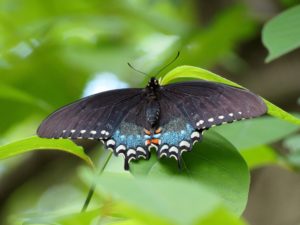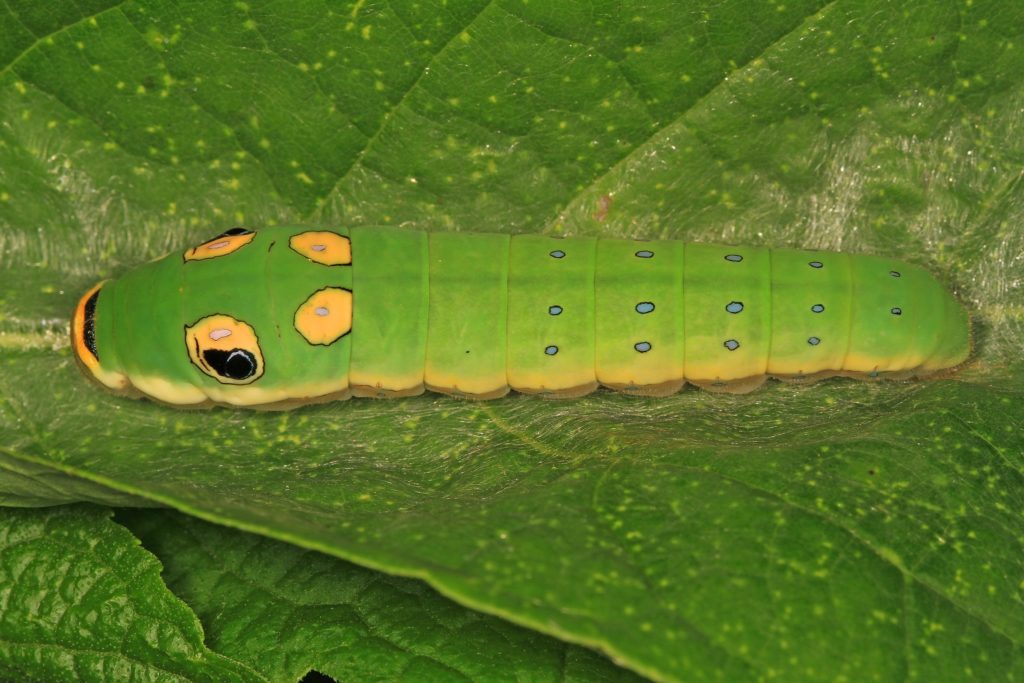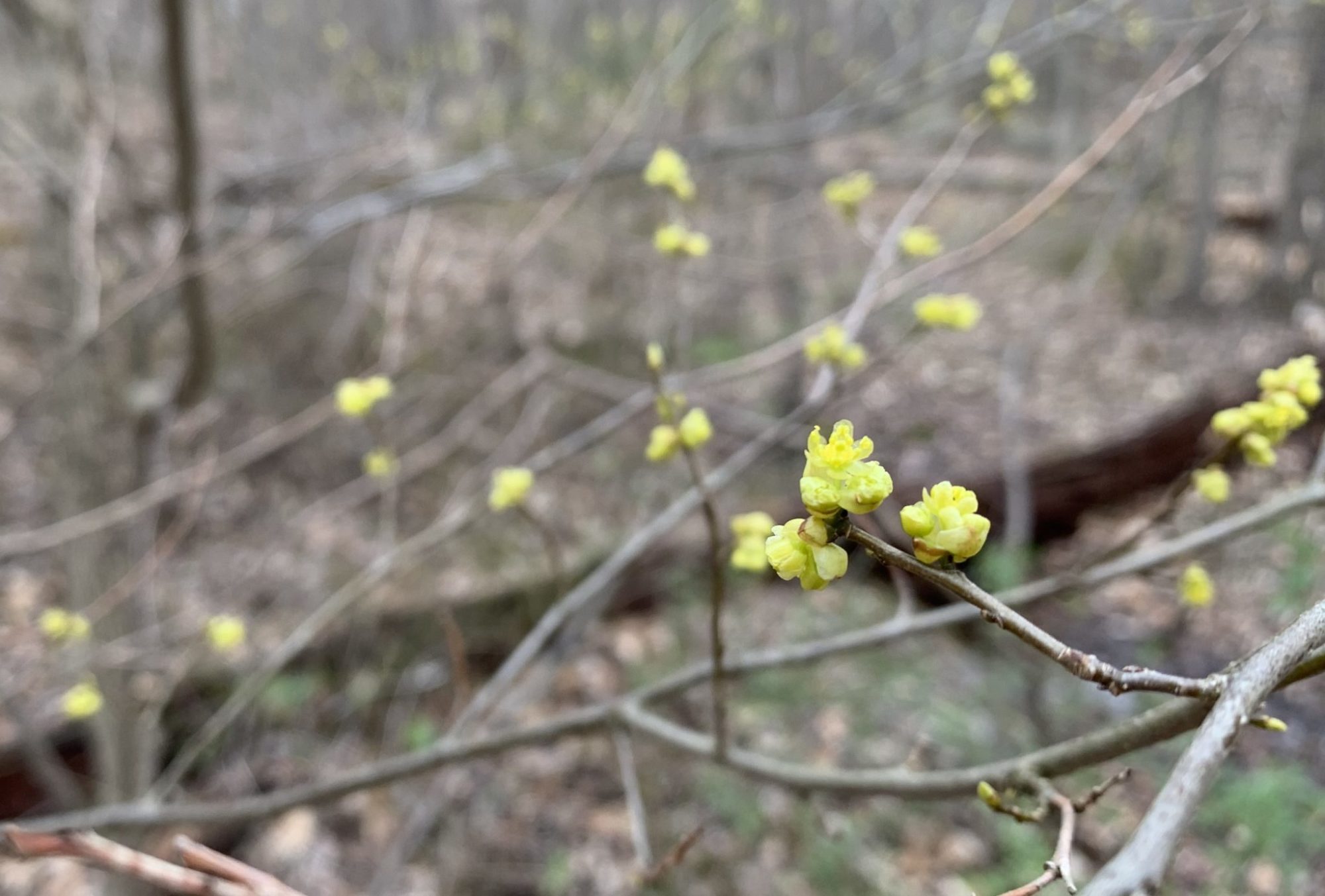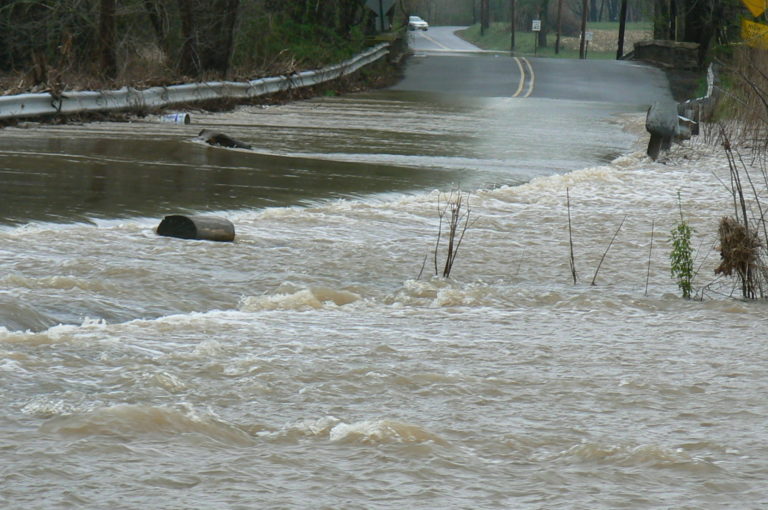The study of nature’s calendar – or the annual sequencing of plant and animal life cycle events – is known as phenology. This study of cyclical and seasonal phenomena, like bird migration or wildflower blooming, also includes how these are affected by variations in climate from year to year.
 Many of these activities happen at the same time; they are synchronous. For instance, herbivorous insects hatch in the forest when the leaves first emerge, and warblers arrive just in time for the flush of new insect food. However, climate change has altered the timing of many of these events.
Many of these activities happen at the same time; they are synchronous. For instance, herbivorous insects hatch in the forest when the leaves first emerge, and warblers arrive just in time for the flush of new insect food. However, climate change has altered the timing of many of these events.
Right now, look now for Spicebush blooming, a most welcome sign of spring. Spicebush (Lindera benzoin) flowers are tiny, yellow, with six petal-like sepals. With no foliage out this time of the year, they are hard to miss if you are in their vicinity. If you find them, breath deep, and know that the red fruit that follow in the late summer are a favorite of wood thrushes and are eaten by twenty species of songbirds.
 Spicebush is a native understory shrub common throughout the eastern half of North America, growing in colonies, most often in moist, rich soils. Early settlers and surveyors used this shrub as an indicator of good agricultural land. You can find this plant throughout the Watershed Reserve, most abundantly on the northern portion of the Watershed Trail near Hopewell Borough.
Spicebush is a native understory shrub common throughout the eastern half of North America, growing in colonies, most often in moist, rich soils. Early settlers and surveyors used this shrub as an indicator of good agricultural land. You can find this plant throughout the Watershed Reserve, most abundantly on the northern portion of the Watershed Trail near Hopewell Borough.
Growing up to 10’ tall, this member of the Laurel family was named due to the spicy citrusy aroma of the leaves, stems and fruits. Though there are no commercial uses of this plant, it has a long history and variety of uses in folk tradition.

Spicebush is a prominent host plant for spicebush swallowtails and promethea silkmoths. Watch for these butterflies in the summer.
Come see other butterflies and learn their stories at the Kate Gorrie Butterfly House.




